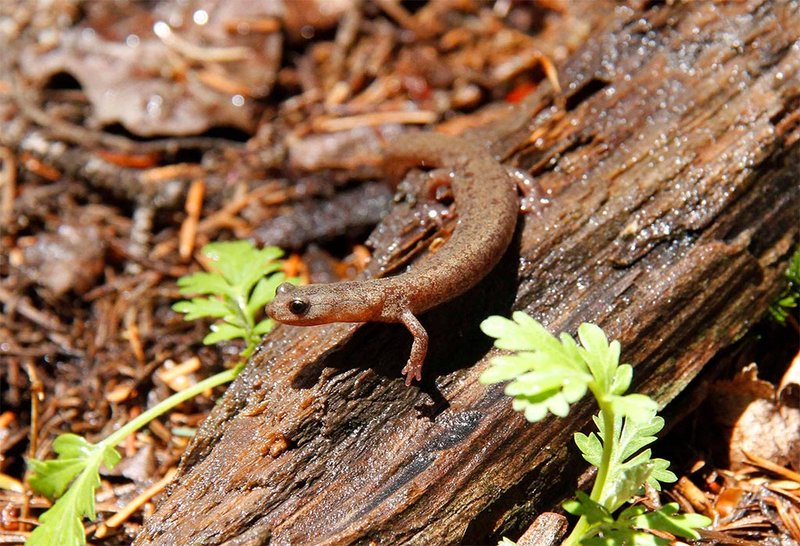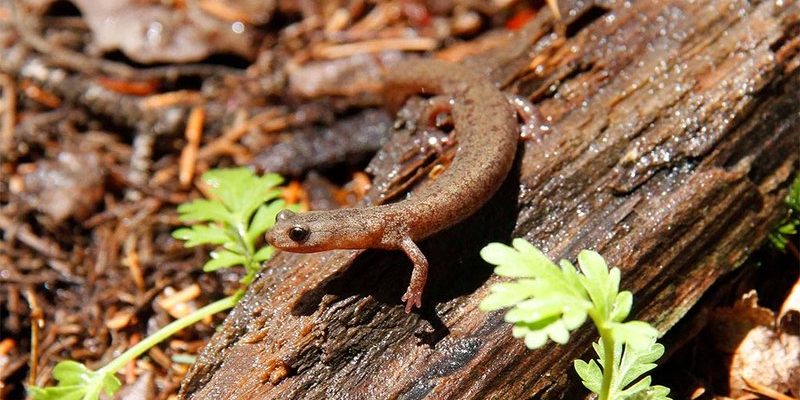
Understanding Salamander Populations
Salamanders belong to the amphibian family, and they play key roles in their ecosystems, like controlling insect populations and serving as indicators of environmental health. With thousands of species around the globe, they exhibit a wide variety of colors, shapes, and sizes. However, a growing number of these species are struggling to survive due to habitat loss, climate change, and disease.
You might be wondering how we even know if a species is endangered. Conservationists assess the status of species based on several factors, including population size, habitat quality, and threats. The International Union for Conservation of Nature (IUCN) has a Red List that categorizes species, and unfortunately, many salamanders find themselves listed as vulnerable or endangered.
Key Threats to Salamanders
Several threats are causing salamander populations to dwindle. Here are some of the key issues:
- Habitat Loss: Urbanization, deforestation, and agriculture are destroying the natural habitats that salamanders rely on. Wetlands and forests are particularly impacted.
- Climate Change: Rising temperatures and changing precipitation patterns can alter the delicate ecosystems where salamanders thrive, affecting everything from their breeding patterns to their food supply.
- Disease: One of the most alarming threats comes from a fungal disease known as chytridiomycosis, which has devastating effects on amphibian populations worldwide.
It’s almost like a perfect storm for these creatures, with each threat compounding the others. As these challenges grow, so does the urgency for conservation efforts.
Conservation Efforts for Salamanders
With so many dangers facing salamanders, a variety of conservation efforts are underway to help protect them. These efforts come from government agencies, nonprofits, and even local communities, all working together to turn the tide.
One significant initiative is habitat restoration. This involves actions like replanting native vegetation, removing invasive species, and creating protected areas. By restoring their natural homes, we’re giving salamanders a fighting chance.
Education and outreach play crucial roles, too. Organizations work hard to inform the public about the importance of salamanders and the threats they face. When people are aware, they’re more likely to get involved in protection efforts. Fundraising, volunteer opportunities, and citizen science programs allow individuals to contribute directly to the conservation of these unique creatures.
The Role of Research in Salamander Conservation
Research is another critical aspect of salamander conservation. Scientists study everything from their behavior and reproduction to the effects of environmental changes on their populations. By gaining a deeper understanding of salamanders, researchers can develop more effective conservation strategies.
For example, tracking salamander populations using technologies like radio telemetry allows scientists to gather data on their movements and habitat preferences. This information is invaluable for tailoring conservation efforts to specific species and their needs.
Additionally, research on diseases like chytridiomycosis helps in developing methods to combat these threats. Understanding how the disease spreads, and identifying resistant populations can inform strategies to minimize its impact.
Success Stories in Salamander Conservation
While the picture may seem grim, there are some inspiring success stories to share. Conservation efforts have shown that with the right strategies, we can make a significant difference.
Take the case of the California tiger salamander. Once facing severe population declines, habitat protection measures and breeding programs are helping to stabilize their numbers. Similarly, the work done to conserve the Appalachian endemic salamander species has led to habitat preservation efforts that protect not just the salamanders but entire ecosystems.
These successes remind us that concerted efforts can lead to positive change. It’s about building momentum, one small action at a time.
How You Can Help Salamanders
You don’t need to be a scientist to contribute to salamander conservation. Here are a few simple ways you can make a difference:
- Support Conservation Organizations: Consider donating to or volunteering with organizations dedicated to amphibian protection.
- Educate Others: Share what you learn about salamanders and their conservation. The more people know, the more support we gain.
- Protect Their Habitats: Be mindful of your impact on local ecosystems. Simple actions like reducing pesticide use and participating in clean-up events can help.
Every little bit counts, and collectively, we can create a healthier environment for salamanders and many other creatures.
The Future of Salamander Conservation
The future of salamander populations relies heavily on our actions today. With ongoing threats, it’s crucial that we remain vigilant and proactive. Conservationists continue to adapt their strategies based on new research and changing conditions, proving that adaptability is key to success.
As we face a rapidly changing climate and growing human populations, the importance of safeguarding these remarkable creatures becomes even clearer. They are not just charming residents of our forests; they are essential members of our ecosystems. Protecting them ultimately contributes to the health of the environment we all share.
In conclusion, understanding whether salamanders are endangered is just the beginning. The threats they face are real, but so are the efforts to protect them. By learning about these creatures and engaging in conservation, we can ensure that future generations get to enjoy their beauty and the balance they bring to our ecosystems. Let’s keep the conversation going—after all, every little action helps!

